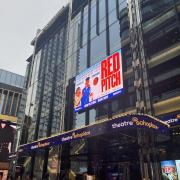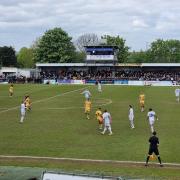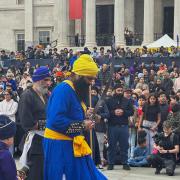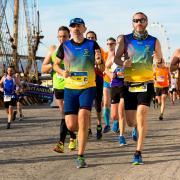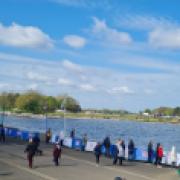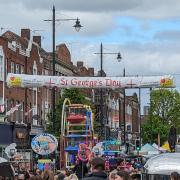
In March when the country went into the first lockdown, the GLA organised fourteen hotels across London as emergency accommodation for rough sleepers to self-isolate if they did not have a place to stay for fourteen days. The hotel guests received a safe place, all meals provided and any required medical care. Today, this is still ongoing. The pandemic has now caused more rough sleepers to seek shelters but not everyone has temporary shelters and many are forced to continue sleeping rough. They still remain vulnerable and at risk of catching the virus
Each week on London’s streets there are four to six hundred rough sleepers made worse by COVID-19, as financial hardship continues to rise. Affordable housing in London for those on a low wage can be challenging to find accommodation. The economy has deeply suffered from coronavirus, it is likely that the housing market will become more expensive causing more people out of London or onto the streets. Since the third lockdown came into effect on January 5, 2021, the government is trying to keep everyone inside as much as possible. Asymptomatic carriers, unknowingly, going outside can expose others to the virus, including those sleeping on the streets. The rough sleepers cannot protect themselves from this exposure, with little to none PPE. This increases the chances of rough sleepers contracting the virus.
The shelters before the first lockdown were usually overcrowded, with hundreds or thousands staying at once, now it would be impossible for social distancing rules to be followed with the number of people staying at any one time. The risk of transmitting the virus would be too high. There needs to be more permanent housing arrangements and shelters for those sleeping rough. They need shelters that are COVID-19 secure, with access to schemes offering more permanent housing arrangements, allowing them to be safe indoors, not on the streets but more importantly so they can have a better quality of life and to reduce growing homelessness.








